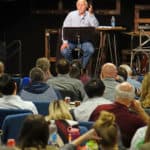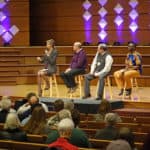Sankofa Reflection 2017: Pastor Kevin Walton, Bethany Baptist Church
A Journey Back Into Our Story
Entering the Story
[pullquote]Most significant, though, was connecting with the other pastors on the trip and especially our conversations in multi-ethnic pairs.[/pullquote] Visiting historic sites and museums can often make one feel like an outsider looking with detached curiosity at exhibits behind glass about stories that seem distant and removed from the present. The Sankofa trip was definitely not like that. It felt more like going back and walking into a living story surrounded by a web of connections on a path through time that leads out into the present. For myself it connected with memories from my childhood of national events, images of places etched in my mind from films and documentaries and now seeing them in living color. Most significant, though, was connecting with the other pastors on the trip and especially our conversations in multi-ethnic pairs.
Seeing these events through the eyes of an African American pastor and hearing stories of how these events have played out over time in each other’s lives was invaluable and demonstrated how we are all connected in different ways to this story. This is our story.
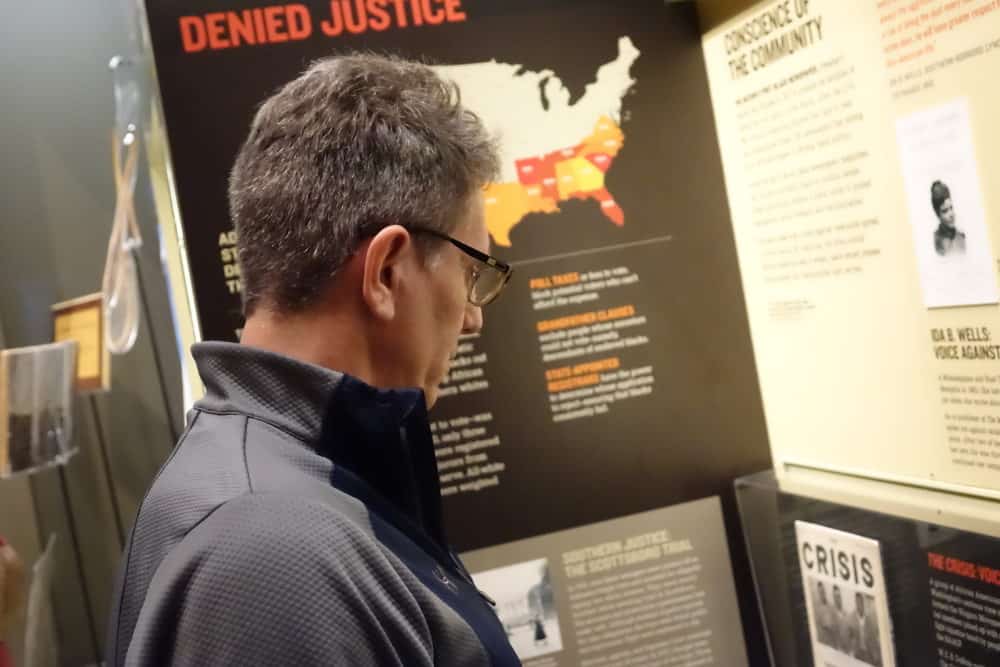
A Story of Suffering and Sorrow
Being confronted by the many reminders of a horrific past and the misery inflicted on people by American white society felt heavy like walking into a thick dark fog. Walking the path of slaves arm and arm together from the banks of the Alabama River up to the market area and warehouses was a small but significant window to reflect on the agony others have endured. Stories of injustice during the era of segregation and the acts of terrorism and murders that accompanied it stirred a sense of rage. Staring down the line of sight where assassins stood in their hate and ignorance and where courageous leaders of faith entered glory was very sorrowful. What impressed me most on this trip was the length of time over which this journey took. Unlike some stories of genocide in the last century that unleashed their fury in a matter of a few years, this story spans centuries. When one head of the dragon was cut off, another head rose up to create a new form of an ongoing evil from slavery, to segregation, to incarceration.
A Story of Strength and Hope
[pullquote]. . .stories of the civil rights movement showed the power of how a few courageous people standing against injustice can turn the tide of a nation. [/pullquote]
The most encouraging aspect of this trip was the repeated theme that in the face of evil, God was sustaining a people with an inner dignity and unquenchable spirit. The fires that people passed through strengthened a resolve to persevere and strive for freedom and justice at all costs. Visiting the Burkle Estate along the underground railroad and hearing the courageous stories of those fleeing for freedom and those who risked their lives to aid them were inspiring. It was only this month that I learned of the accomplishments of the airmen trained in Tuskegee who by perseverance broke through the front of discrimination within our own nation to become the first African American pilots in the military and the best protectors of American bombers flying into the heart of Nazi Germany. The stories of the civil rights movement showed the power of how a few courageous people standing against injustice can turn the tide of a nation at divinely appointed moments. I was impressed by the dedication of those who joined in non-violent demonstrations and their vows to purify their hearts and refrain from violence of “fist, tongue or heart.” It is the voice and message of Dr. Martin Luther King Jr. that rises above all other voices for vision and inspiration. His words still ring out and bring us together in a common struggle for all humanity to be free from all that enslaves us and to move forward with faith and hope in God.
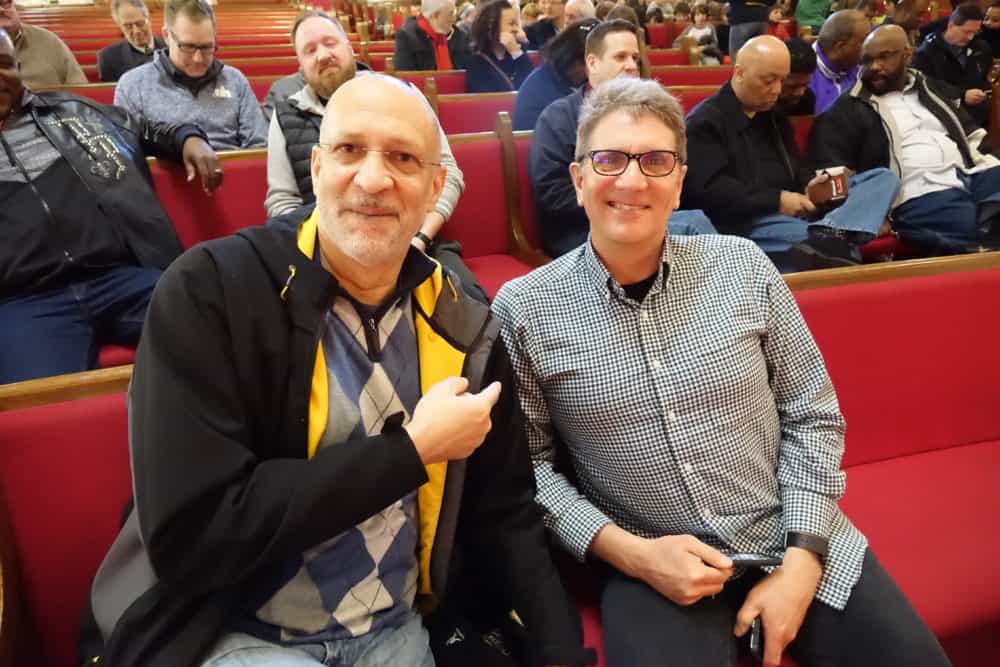
Finding our Place in the Story
Oddly the most awkward question to answer that stayed with me during the trip was when we first introduced ourselves and were asked how we wanted to be identified. Am I white? For years when I lived in Thailand I was reminded daily that I’m not Thai. I am a “farang” – a designation given to all European-looking people dating back to the arrival of the French in southeast Asia. One privilege I have living in Minnesota is that I normally go through each day without having to think about my whiteness – it just blends into the background of much of life here. I am not normally asked or required to identify myself with any racial group. On a trip about a divided past, this question of identity forces me to think about how I am connected with this story.
Am I white? To affirm this is to continue using the racial classification system constructed by the dominant society a few hundred years ago with bad science and bad theology to justify gross injustice. By today’s science, there is no biological basis for race classifications. But to deny I’m white is to deny the reality that my society views me as white and this has allowed me, and those in generations before me, to enjoy and pass on privileges and prosperity not afforded to everyone. I am the descendent of European immigrants. I am a unique individual and I am human. But, I am also a participant and beneficiary of a historically unjust society that I cannot escape or deny.
[pullquote]My people constructed systems that perpetuate inequalities and racial bias within our society.[/pullquote] I observed that in times of sharing many African American pastors identified with the past collectively and spoke in terms of “My people” when speaking of the collective experience of African people living in America. This connection is not merely passed on by physical lineage, but it is recognizing a historical connection that the reality of today flowed out of an uninterrupted stream of history from the past. A history filled with great heroes and examples of courage of those who sacrificed at great risk for the advancement of themselves and others. “My people” reflects solidarity with those who shared in a common struggle and the sense of standing on the shoulders of those who have sacrificed before us.
As a white European American in this context it is difficult to speak in terms of “My people” referring to my connection to a white collective experience in America. Maybe this reflects in part our individualistic culture. But sadly it can also serve to distance myself from a shameful past. The truth is “my people” committed or were largely complicit with few exceptions in horrendous unspeakable crimes against humanity, and especially against those of African descent and native populations. My people constructed systems that perpetuate inequalities and racial bias within our society. Consequently, myself and my family have personally enjoyed privileges, connections, inherited resources, and social favor to a greater degree than many of my fellow citizens of color by virtue of my socially designated race. Like Isaiah said, “Woe to me!” I cried. “I am ruined! For I am a man of unclean lips, and I live among a people of unclean lips, and my eyes have seen the King, the Lord Almighty.”
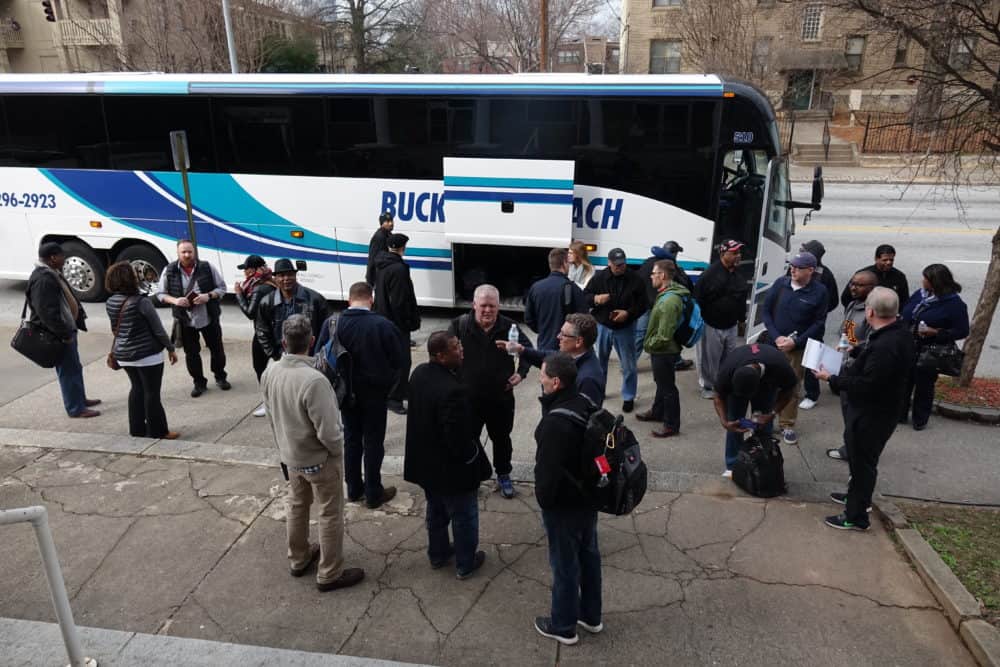
Connecting at the Cross
Where can one turn to find healing and wholeness? Where can we take out our rage and anger over injustice? Where can we cover our shame for participating in and benefiting from corrupt systems? Shame has a way of blaming and venting on those who were violated. Denial and revenge are both bankrupt and unproductive. The only hope for healing and transformative reconciliation is in the cross of Christ. For by his stripes we are healed.
Usually I think of Jesus dying for my sins as an individual to make me right with God, but what about those sins which we share corporately and the impact of systemic injustice? The scriptures speak of Christ’s death as being a work that is also reconciling groups of people. “For he himself is our peace, who has made the two groups one and has destroyed the barrier, the dividing wall of hostility” Ephesians 2:14. In fact, the only way it makes sense that Christ’s death can benefit me individually is to accept that my life is connected to Christ corporately by our common humanity with Christ. In this way he is able to stand in my place and died once for all. Paul then writes of his desire to know Christ and to “participate in his sufferings becoming like him in his death.”
Being with a multi-ethnic group of pastors on this trip allowed an opportunity to identify with the suffering for which Christ died. Walking arm in arm on the streets where slaves were once forced to walk was a tangible way to express our solidarity with each other and to walk with Christ in this story of suffering. I am very grateful for the grace and acceptance expressed to me by my African American brothers and sisters in Christ for extending their arms to us and opening their hearts so that we might share in this journey together.
[pullquote]Sankofa was a trip into the past, but also served to find hope to carry forward into the future.[/pullquote]
A Continuing Story Moving Forward
Sankofa was a trip into the past, but also served to find hope to carry forward into the future. Driving down Larpenteur Avenue past the memorial site for Philando Castile on the way to my church every day is a regular reminder of the mistrust, fear and inequalities that still remain in our city. Yet, as pastors we have experienced the power of the cross and the bond of fellowship. We may have different entry points and connections to this story, but ultimately our peace and wholeness is bound together in Christ and part of God’s overarching story for all humanity. My hope is that the image of walking arm in arm in solidarity in Montgomery can be more than a memory, but serve as a picture of broadening and deeper fellowship between our churches in the Twin Cities as we seek the peace of our city together.
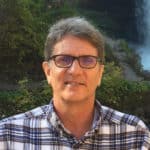 Pastor Kevin Walton is the Lead Pastor of Bethany Baptist Church in Roseville, MN.
Pastor Kevin Walton is the Lead Pastor of Bethany Baptist Church in Roseville, MN.
